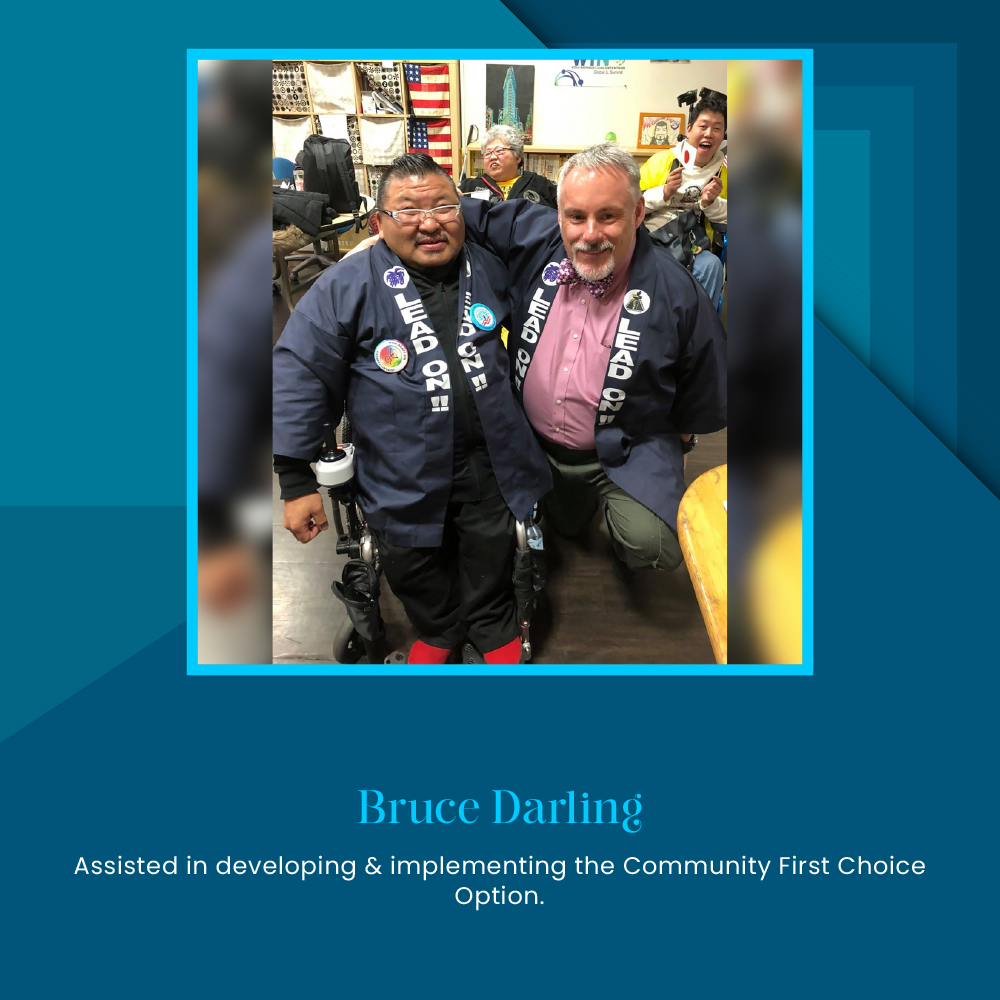
Neurodiversity, coined by Australian sociologist Judy Singer in the late 1990s, challenges the conventional understanding of neurological differences as solely deficits. Instead, it celebrates the diverse ways in which brains function. While neurodiversity has gained recognition, its intersectionality with other aspects of identity, such as race, gender, sexuality, and socioeconomic status, remains relatively unexplored. This article delves into the complexities of understanding neurodiversity through an intersectional lens, highlighting the need for a more inclusive approach to advocacy, support, and research.
Neurodiversity: Beyond the Binary
Traditionally, the discourse around neurodiversity has centered on conditions such as autism, ADHD (Attention Deficit Hyperactivity Disorder), dyslexia, and Tourette syndrome. However, neurodiversity encompasses a broad spectrum of neurological variations beyond these well-known conditions. It includes individuals with anxiety disorders, bipolar disorder, schizophrenia, and other mental health conditions. By recognizing the inherent value in diverse neurological functioning, the neurodiversity paradigm challenges the pathologization of difference and promotes acceptance and accommodation.
Intersectionality: Beyond One-Dimensional Identities
Intersectionality, a concept developed by legal scholar Kimberlé Crenshaw, emphasizes the interconnected nature of social categorizations such as race, gender, class, and ability. It recognizes that individuals experience multiple forms of oppression or privilege simultaneously, resulting from the intersections of these identities. Applying an intersectional lens to neurodiversity acknowledges that one’s experience of neurodivergence is shaped not only by neurological differences but also by race, gender identity, sexual orientation, socioeconomic status, and other factors.
Race, Neurodiversity, and Access to Resources
Race plays a significant role in shaping experiences within the neurodiverse community. Studies have shown racial disparities in the diagnosis and treatment of neurodevelopmental and psychiatric conditions. Black and Latinx individuals are less likely to receive timely diagnoses and appropriate support for conditions such as autism and ADHD. Moreover, cultural differences in the expression of neurodivergent traits may lead to misinterpretation or underrecognition by healthcare professionals.
Additionally, access to resources and support services varies along racial lines. Structural inequalities, including unequal access to healthcare, education, and employment opportunities, compound the challenges faced by neurodivergent individuals of color. Addressing these disparities requires a multifaceted approach that acknowledges and dismantles systemic barriers to equitable care and support.
Embracing the Spectrum: Exploring Gender Diversity and Neurodivergence
Gender identity intersects with neurodiversity in complex ways, yet research and discourse often overlook the experiences of neurodivergent individuals who are nonbinary, transgender, or gender non-conforming. Gender expectations and stereotypes may influence the presentation and diagnosis of neurodivergent traits. For example, autistic girls and women are often underdiagnosed or misdiagnosed due to diagnostic criteria based on male experiences.
Furthermore, neurodivergent individuals who are transgender or nonbinary may face additional challenges navigating social expectations and accessing affirming healthcare and support services. Understanding and affirming diverse gender identities within the neurodiverse community is essential for creating inclusive environments and providing tailored support.
Sexuality, Intersectionality, and Neurodivergence
Sexual orientation and neurodiversity intersect in ways that shape individuals’ experiences of identity, community, and support. LGBTQ+ neurodivergent individuals may face unique challenges related to social acceptance, access to healthcare, and discrimination. Discrimination and stigma based on both neurodivergence and sexual orientation can contribute to mental health disparities and barriers to seeking support.
Conversely, neurodivergent individuals may find acceptance and belonging within LGBTQ+ communities, where differences are often celebrated. Building inclusive spaces that recognize and affirm diverse identities is crucial for supporting the well-being of LGBTQ+ neurodivergent individuals.
Socioeconomic Status and Access to Support
Socioeconomic status profoundly influences access to resources and support for neurodivergent individuals. Economic disparities affect access to healthcare, education, therapy, and accommodations, creating barriers for those from marginalized socioeconomic backgrounds. Moreover, systemic inequalities in employment and housing exacerbate the challenges faced by neurodivergent individuals living in poverty or unstable conditions.
Addressing the intersection of neurodiversity and socioeconomic status requires policies and interventions prioritizing equity and social justice. This includes expanding access to affordable healthcare, education, vocational training, and social services tailored to the needs of neurodivergent individuals from diverse socioeconomic backgrounds.
Toward Intersectional Advocacy and Support
Understanding neurodiversity through an intersectional lens is essential for creating inclusive spaces, advocating for systemic change, and providing effective support and resources. Intersectionality highlights the interconnected nature of identity and oppression, emphasizing the need to address the unique experiences and needs of diverse individuals within the neurodiverse community.
Moving forward, it is crucial to center marginalized voices in conversations around neurodiversity and to prioritize intersectional approaches in research, policy, and advocacy efforts. By recognizing and affirming the intersecting identities and experiences of neurodivergent individuals, we can work towards a more equitable and inclusive society for all.